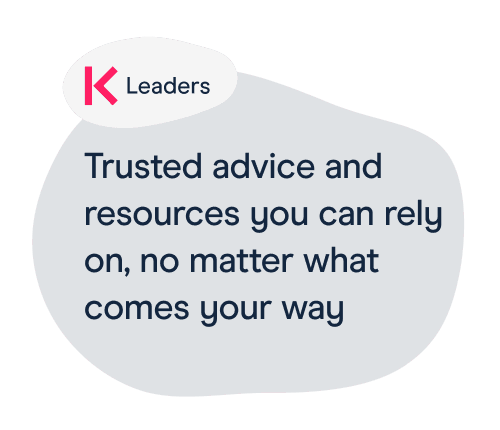Why you need an effective transition process
The transition from primary to secondary school can be daunting for many pupils, as it's a significant change, often from a smaller setting with a few trusted adults to a much bigger school with far more staff.
An effective transition process will help you:
- Support pupils to maintain their attainment and engagement in lessons
- Provide a supportive environment that encourages friendships and discourages bullying
- Reduce poor behaviour
For pupils with special educational needs and/or disabilities (SEND), the transition process is more complex. Find further guidance in our other article.
Transition is a complex process involving input from primary (feeder) and secondary (receiver) schools. We've marked whether sections of this article will be useful for you

